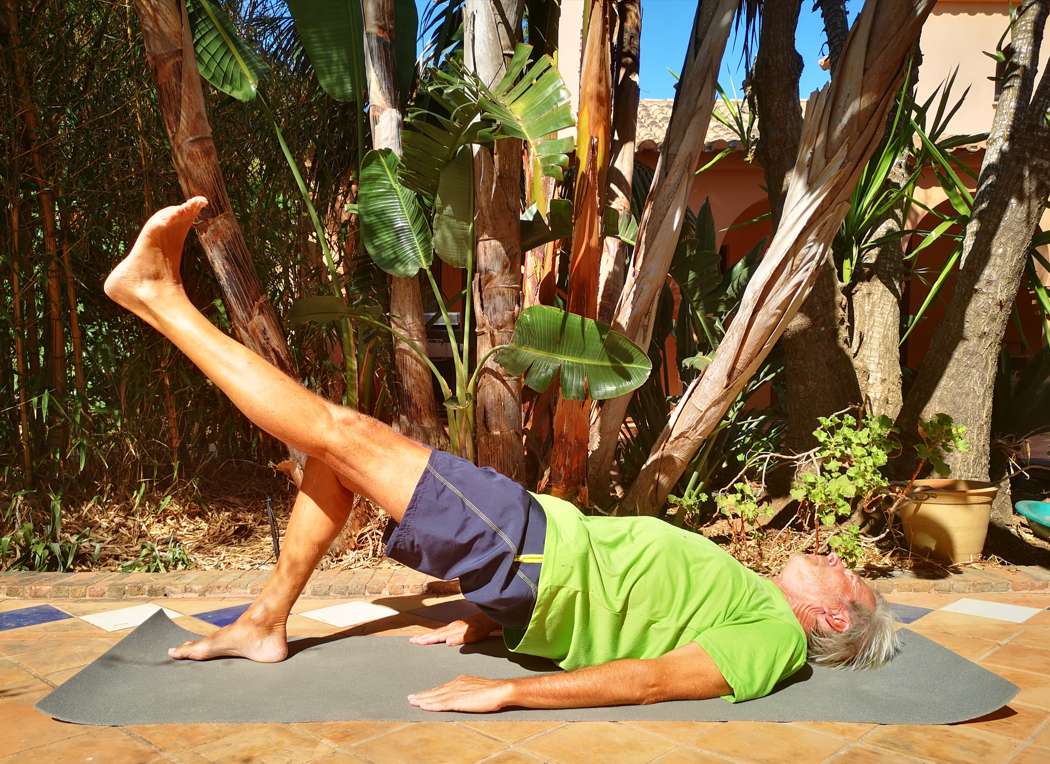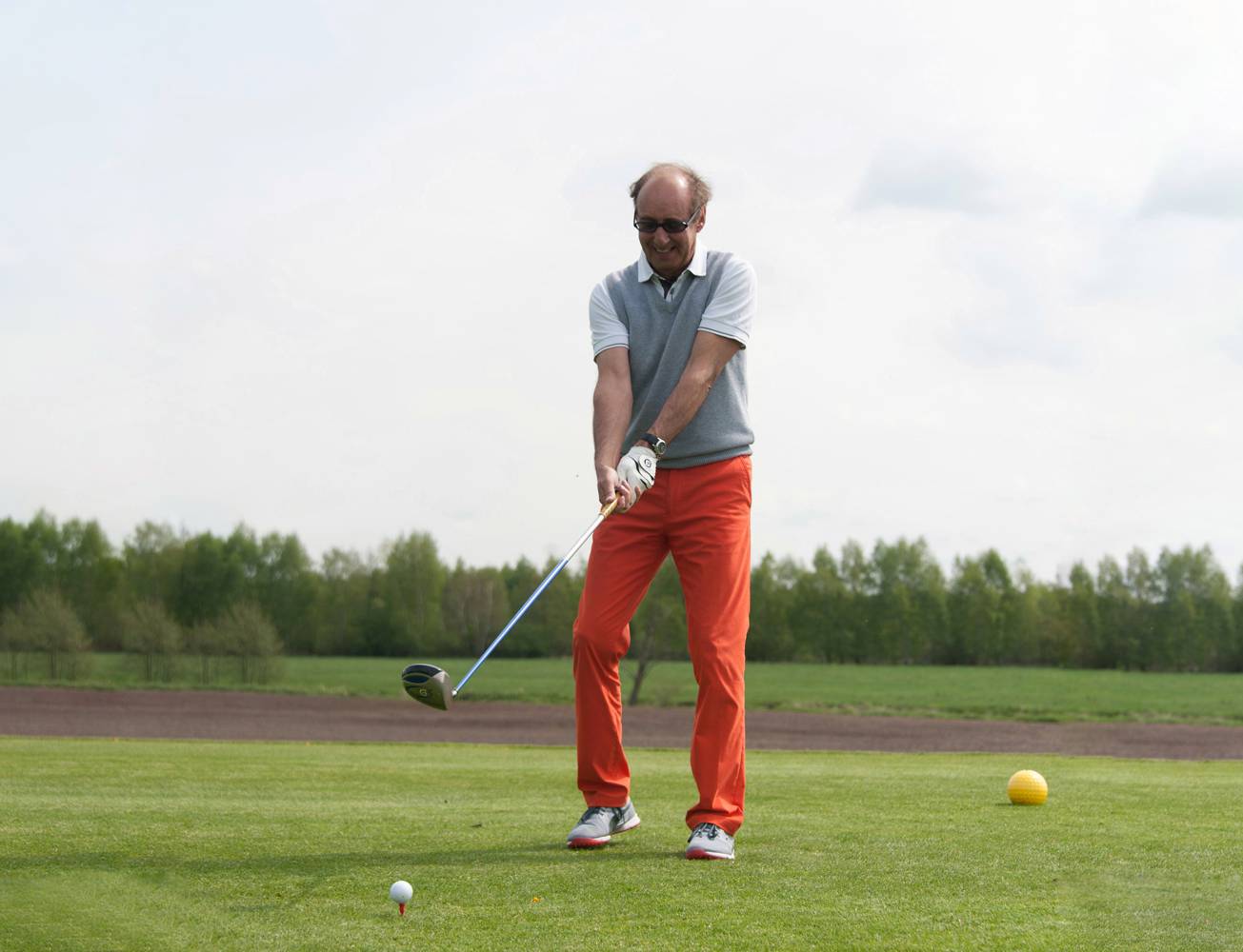Functional training
What is functional training?
Functional training focuses on practicing complex movements instead of training individual muscles. It provides an athletic full-body workout that meets the demands of everyday life or sports-specific movements.
This open, multi-jointed and multidimensional training both with and without additional equipment improves stability, balance and mobility, as well as coordination, for more well-being and performance in everyday life and during sport.
Functional training is always relevant and a cross-sport form of training.
Who benefits from functional training?
Do you want to become stronger, more flexible, more coordinated and more enduring, while still building up muscles and losing fat?
Do you want to get better at your sport and thus work on your weak points?Or do you want to prepare for a competition and are missing the finishing touches?
Have you been injured and now want to start again with an adapted training?
At the beginning of your individual care there is a detailed anamnesis and a comprehensive diagnosis.
I offer you
Your personal target and the individual program devised for you will lead you to success.
Functional training for everyone:
Most people today have a sedentary job combined with work on the computer, i.e. they usually sit on a chair for eight hours with their arms in front of their bodies. The typical posture here is rolling the shoulders forward and rounding the lower back. The result is that the muscles in the front shoulders, chest and abdominal area, as well as the hip flexors, shorten. The neck muscles and the lower back are therefore under constant tension. In most cases, this leads to long-term tension. By shortening the hip flexor, the pelvis tilts forward, which intensifies the “curling up” effect.
Unfortunately, the so-called “pencil pusher” is usually not a trained athlete who has an astute awareness of his own body and can precisely counteract imbalances. At the beginning there is always awareness training to obtain better proprioception, then comes the opening or straightening of the body, corresponding to a reset.
Once the target has been set, priorities can be set, e.g. a simultaneous weight loss, a more athletic body image or a body toning, or an improvement of the cardiovascular performance.
Functional training for golfers:
The game of golf requires a high degree of coordination between different muscle groups. Good mobility and body tension are important for this. Physical restrictions, such as a poor trunk stability or an immobile shoulder girdle have a negative impact on the game.
With functional training, you can specifically eliminate these restrictions and increase your overall body awareness. This leads to more flexibility and better coordination. This makes it easier to develop instinctive movements for the game.
Functional training for tennis players:
If we look at the required profile of a tennis player, we see that both agility and speed play a major role.First, the movement amplitude of the shoulder should be mentioned, as this is extremely important for the backstroke before touching the racket for the serve, or when a forehand or backhand is played. This makes the mobility of the shoulder girdle a top priority in functional training for a tennis player.
At the same time, the game actions and frequent changes of direction require a high degree of anticipation, ability to react, coordination and speed. The strokes in general, but especially during serving, require the development of a great deal of force when touching the ball.
These different requirements can all be optimized with a functional training program.
Functional training for cyclists:
A strong core is a great advantage when cycling. A stable torso is needed to transfer enough strength from the legs to the pedals. But you also need a high degree of mobility in the hips and lower back. Without this, the power transmission will ultimately not function optimally, as the gluteal muscle will be unable to pass on power efficiently.
Cycling is not a natural movement like running or walking, so it can cause muscular imbalances and changes in the postural system. Sitting for hours in the bent position promotes the shortening of the hip flexor and thus the tilting of the front pelvis. For cyclists, the focus of functional training should therefore be on core stability and mobility.
Functional training for runners:
Poor posture in everyday life also affects running. If a runner cannot maintain the upright position of the pelvic area due to weak back muscles, the pelvic blades rotate backwards. This has a negative impact on the dynamics of the running gait, because there are many muscles attached to this area.This consequently hinders the leverage effect of the entire muscle chain of the legs. Here, too, the stability of the torso and the training of body awareness are the top priorities of functional training.
Furthermore, in preparation for a competition, the speed important for sprinting can be improved through targeted exercises.
Functional training after rehab:
If the acute phase of an illness or injury is over and the treatment by the physiotherapist has been completed, an adapted functional training can follow. This is useful because many exercises are performed with one leg or one arm, so you can choose different load levels. In addition, trust in one’s own body must be restored. Therefore, exercises that train flexibility, balance and coordination are particularly useful.
Contact us now
I would be delighted to meet you soon in a free personal interview and to advise you as your personal trainer!
Important Information
Fit By Nature
Ulrike Agne-Draudsin
0049 1731535466
uli@fit-by-nature.eu
Office hours
Mon – Fri 9 a.m.- 7 p.m.
Sat 9 a.m. – 3 p.m.







